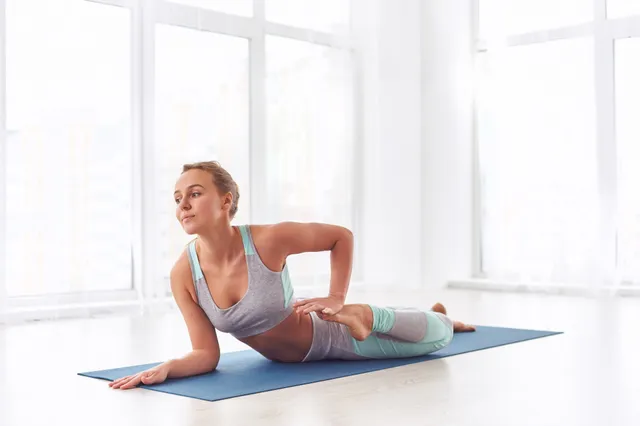
STRETCHING OF PSOAS
Sequence dedicated to stretching the psoas-iliac muscle group (small psoas, large psoas and iliac psoas), also called the vital muscle, it is the heart of physical and emotional well-being. The psoas is a muscle that starts from the lower back and extends to the anterior part of the thigh, it extends to either side of the lumbar vertebrae. It is the most important skeletal muscle in the human body because it is the only one that connects the lower body to the upper body (it connects the spine to the legs). It is therefore a key postural muscle as well as a stabilizing muscle because it is located near the center of gravity of the body, it has an essential role in maintaining balance, as well as an influence on the nervous system and subtle energies.
On a physical level, having a supple and healthy psoas balances the center of the body, stimulates the organs and nerves and, above all, prevents back pain.
On a mental level, the emotions that have developed over the years of evolution are the human response to the natural environment and, in a way, keep us from harm. When we are afraid, we protect ourselves against physical or psychological risks. When the fear is very strong, it can become destructive. These feelings are located in the brain and are linked to survival. They are part of the elements that connect the brain to the nervous system, itself connected to the psoas.
The body has the ability to register traumatic events in the body (somatic memory) and the location and connections of this muscle connects it to the central and peripheral nervous system. The psoas as an organ of perception can become a source of tension, unresponsiveness and pain, relaxing it serves as a healing process.
Access the annotated class sequence with posture images and join the community of teachers!